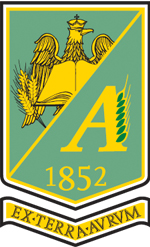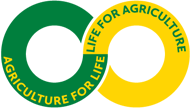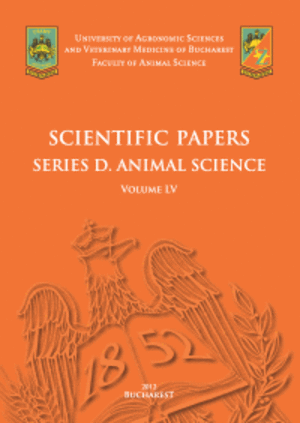Published in Scientific Papers. Series A. Agronomy, Vol. LXVIII, Issue 1
Written by Felicia CHEȚAN, Cornel CHEȚAN, Teodor RUSU, Alina ȘIMON, Camelia URDĂ, Alin POPA, Marius BĂRDAȘ, Adrian CECLAN, Ioan GAGA
Modern agriculture's challenges are being addressed by implementing agricultural methods that improve the soil's condition and decrease CO2 emissions. Through the research carried out at the Agricultural Research and Development Station Turda we aim to highlight, by comparison with the conventional system (CS- plough) the effectiveness of unconventional tillage systems (MTC- chisel, MTD- disk, NT- direct sowing) at winter wheat cultivation, in the soybeanwheat- maize rotation, from the perspective of technological implications. The experience is organized according to the subdivided plots method, with two replications. The biological material used in this experiment is the „Andrada” winter wheat variety. In the 11 vegetation periods (2013/2014…….2023/2024), the average of winter wheat yield was highest in the MTC system (6,662 kg/ha), but with an increase in yield below 100 kg/ha compared to CS. Even though in the MTD and NT systems the yield is lower than in the CS, these systems, in addition to the benefits they have on the properties of the soil, also represent a way towards better economic efficiency. Sustainable development principles must be adhered to when adopting unconventional soil tillage systems, considering plant requirements and favorable climate and soil conditions.
[Read full article] [Citation]




